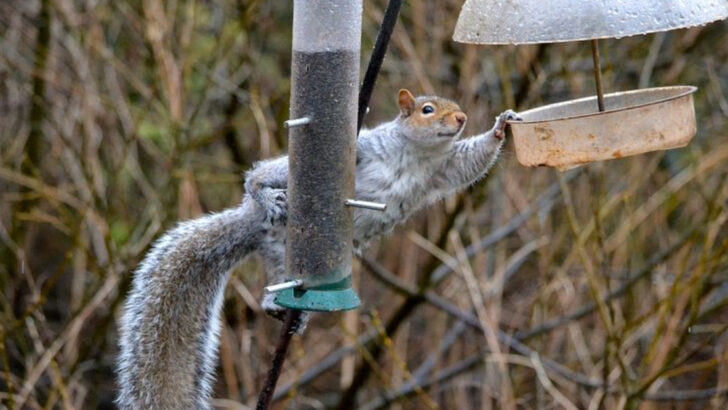They’re closer than you think.
Watching. Waiting. Raiding your trash when you’re asleep.
Cities aren’t just for people. They’re full-blown ecosystems hiding in plain sight—home to clever, shadowy mammals who’ve mastered the art of blending in. You might think you know your neighborhood, but odds are, there’s a furry intruder quietly sharing your space.
They slink through alleys, creep across rooftops, and burrow beneath sidewalks.
They steal snacks, dodge traffic, and sometimes stare back through your window like they pay rent.
From bushy-tailed bandits to stealthy climbers with beady eyes, these city dwellers aren’t just surviving—they’re thriving under our noses.
Let’s pull back the curtain and meet the mammals secretly living among us.
City-Dwelling Raccoon
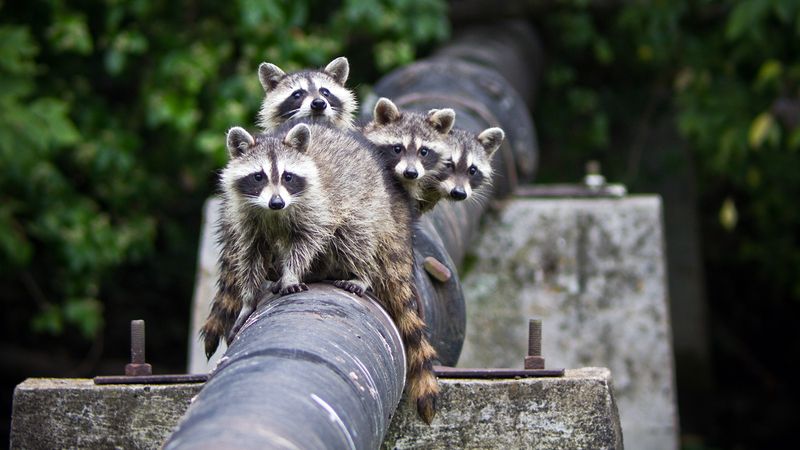
Raccoons are known for their cleverness and adaptability, often thriving in city environments. With their dexterous hands, these masked bandits can open jars and unlock simple latches.
You might spot them scavenging through dumpsters or sneaking through gardens in search of food. Their ability to live almost anywhere makes them a staple in urban wildlife.
Though often seen as pests, raccoons play a vital role in the ecosystem by controlling insect populations. Despite their mischievous reputation, they are an integral part of city life.
Urban Red Fox

The red fox is a master of urban survival, often seen slipping through alleys or parks. Their bushy tails and bright red coats make them stand out against the concrete jungle.
Red foxes have adapted to city life by becoming nocturnal hunters, feeding on rodents and leftover human food. They’re known for their cunning nature and agility.
While they may appear elusive, keen eyes might catch a glimpse of their graceful movements at dusk or dawn. These foxes are a testament to nature’s resilience in urban settings.
Peregrine Falcon in Skyscrapers

While not a mammal, the peregrine falcon deserves mention for its incredible urban adaptation. These raptors have taken to nesting on tall buildings, mimicking their natural cliffside habitats.
Famed for their speed, peregrine falcons can dive at over 200 mph, making them formidable hunters. They primarily feed on pigeons, which are abundant in cities.
Their presence highlights the diverse wildlife coexisting alongside humans. Spotting one swooping through the sky is a reminder of nature’s adaptability.
City Coyotes
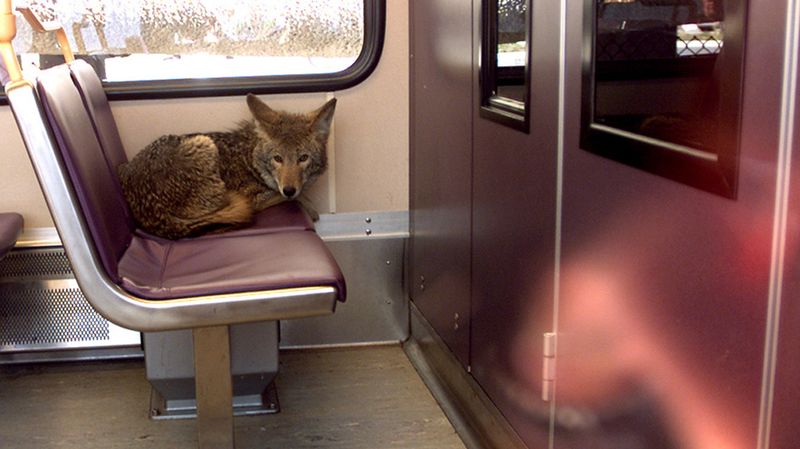
Coyotes have made cities their home, often moving through parks and suburbs. Known for their adaptability, they can thrive in various environments.
These intelligent mammals are often misunderstood, but they play a crucial role in controlling rodent populations. Coyotes are primarily nocturnal, making them more elusive than other urban wildlife.
Their haunting howls can occasionally be heard echoing through the night, signaling their presence. Coyotes remind us of the delicate balance between urban development and wildlife habitats.
Metro Bats

Bats are the unsung heroes of urban ecosystems, often seen fluttering around streetlights. These nocturnal creatures are vital for controlling insect populations.
Common in cities, bats roost in buildings, bridges, and trees. Their echolocation abilities allow them to navigate and hunt in the dark.
Despite their spooky reputation, bats are harmless and play an essential role in maintaining ecological balance. Observing them glide through the night skies can be a mesmerizing experience.
Suburban Skunks
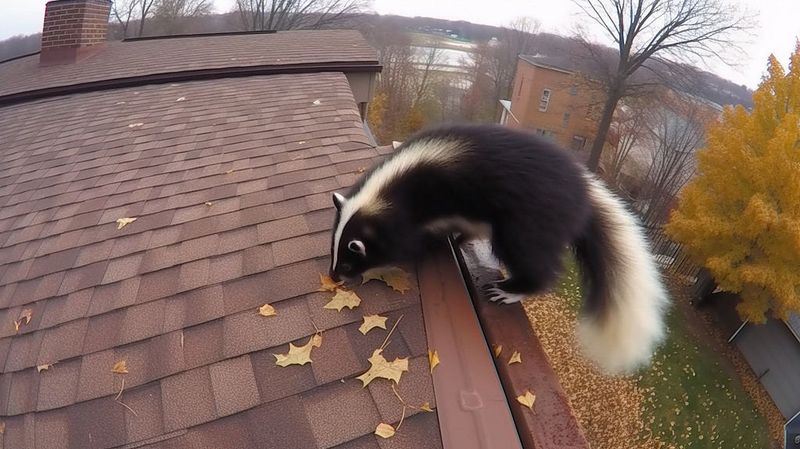
Skunks are recognizable by their striking black and white stripes, often seen waddling through suburban areas. These gentle creatures are more interested in insects and small rodents than causing a stink.
Their presence in cities helps control pest populations, making them beneficial to urban ecosystems. Though they might spray if threatened, skunks prefer to avoid confrontation.
Spotting a skunk means appreciating its contribution to the urban environment. Their unique appearance and behavior make them a fascinating part of city wildlife.
City Squirrels
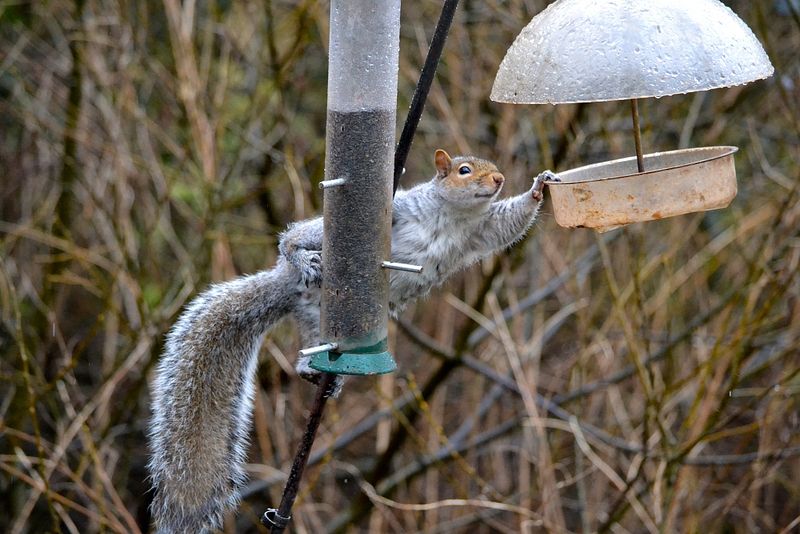
Squirrels are a common sight in city parks, scampering up trees and across power lines. Their bushy tails and playful antics make them favorites among city dwellers.
These agile creatures have adapted well to urban life, often seen foraging for food or burying nuts. Squirrels are essential for seed dispersal, contributing to city greenery.
Their presence is a delightful reminder of nature’s persistence in urban spaces. Watching a squirrel’s lively behavior can bring a touch of wilderness to a concrete setting.
Metro Mice
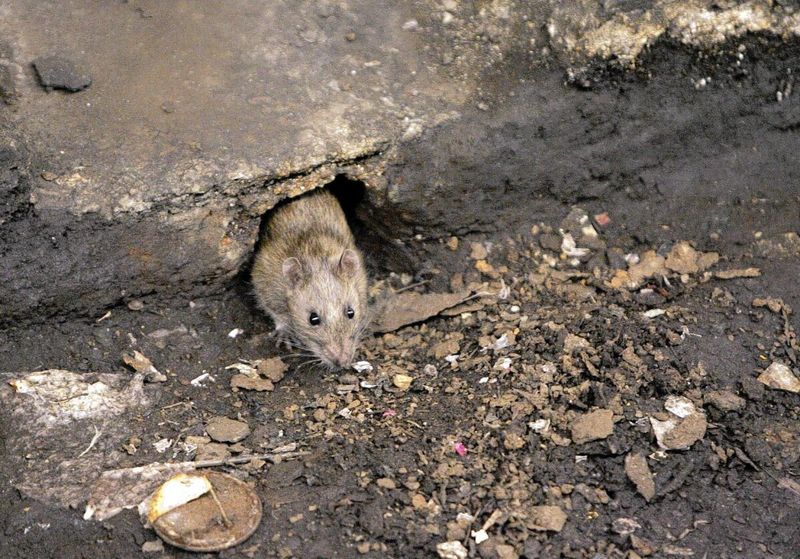
Mice are ubiquitous in cities, often making their homes in walls and basements. These small mammals are adept at finding food and shelter in urban environments.
Though they may be unwanted guests, mice are a crucial part of the food chain, serving as prey for larger urban predators. Their presence indicates a balanced urban ecosystem.
Despite their reputation as pests, mice are fascinating survivors, constantly adapting to city life. Their quiet persistence is a testament to the tenacity of wildlife in urban settings.
Urban Opossum

Opossums are often seen as city scavengers, searching through garbage for food. These nocturnal marsupials are known for their ability to “play dead” when threatened.
Their presence in cities helps to clean up waste and control insect populations. Opossums are immune to many snake venoms, making them valuable for pest control.
Though misunderstood, opossums are harmless and beneficial to urban ecosystems. Observing one on its nightly patrol is a reminder of the diverse wildlife adapting to city life.
City Hedgehogs
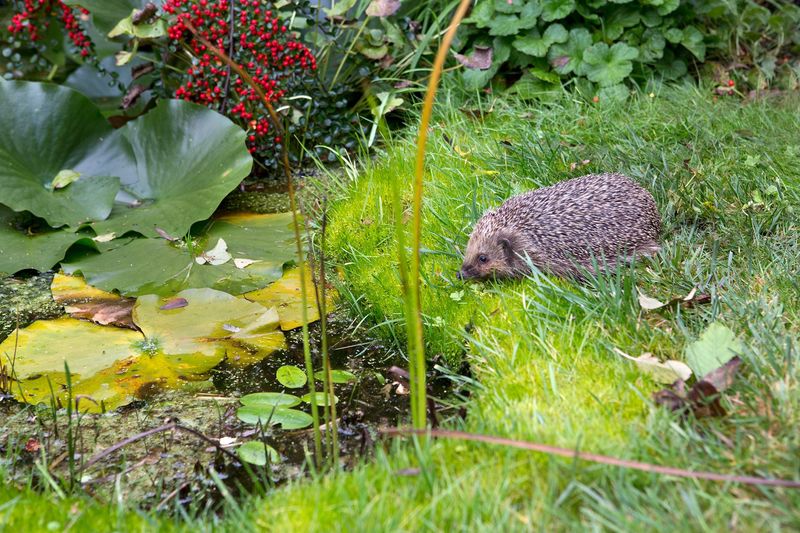
Hedgehogs have found a niche in city gardens, where they hunt for insects and slugs. These small, spiky mammals are a gardener’s friend, helping to control pests.
Though primarily nocturnal, hedgehogs can sometimes be seen during the day, especially in quieter neighborhoods. Their cute, round appearance makes them endearing to those who spot them.
Hedgehogs’ presence adds charm to urban environments, highlighting the coexistence of nature and city living. Their gentle rustling through leaves is a comforting sound in bustling areas.
Urban Rabbits

Rabbits are often seen in city parks and green spaces, grazing on grass and plants. Their long ears and twitching noses make them a charming sight.
These social animals are well adapted to urban life, often forming small colonies in parks. Rabbits help maintain the grass and plant balance, contributing to urban greenery.
Their playful hops and fluffy tails bring joy to city dwellers. Watching them interact in their natural settings can be a peaceful escape from the hustle and bustle.
City Deer
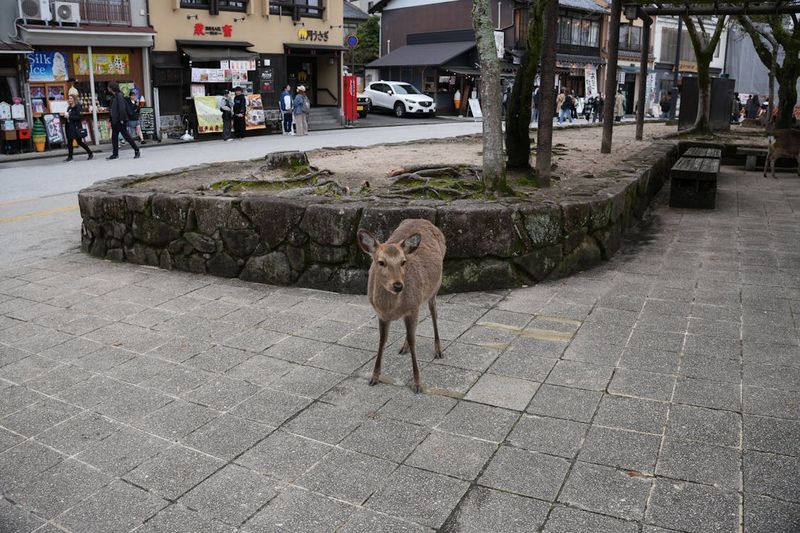
Deer have surprisingly made their way into urban areas, often seen in parks or near city outskirts. Their graceful movements and gentle demeanor contrast with the busy city life.
While they can be a traffic hazard, deer bring a touch of wilderness to urban spaces. Their presence helps manage vegetation growth, promoting biodiversity.
Spotting a deer in the city is a magical moment, connecting urban dwellers to nature. These elegant creatures remind us of the delicate balance between development and the natural world.
Urban Rats
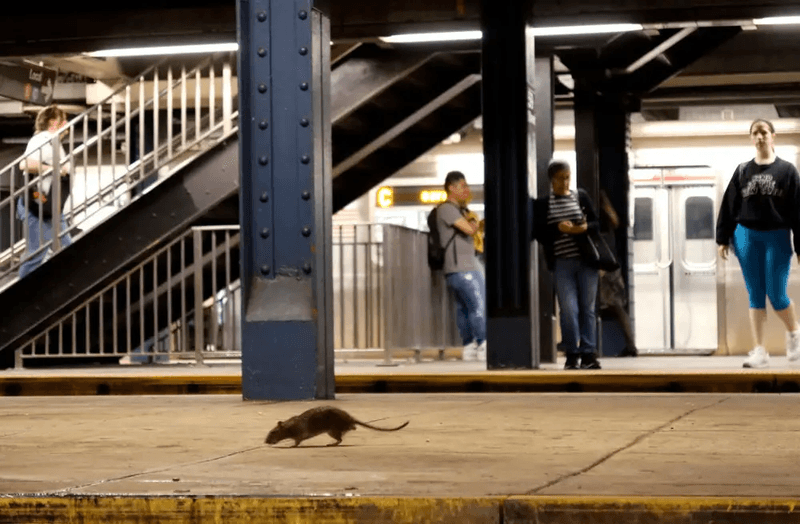
Rats are often seen as the underbelly of urban wildlife, thriving in subways and alleyways. Their adaptability and resourcefulness have allowed them to survive in challenging environments.
Though often considered pests, rats are intelligent creatures, capable of solving complex tasks. They play a role in the urban ecosystem by feeding on waste.
Their presence is a testament to nature’s ability to adapt and thrive. Understanding their role can foster a more balanced view of city wildlife.
City Cats
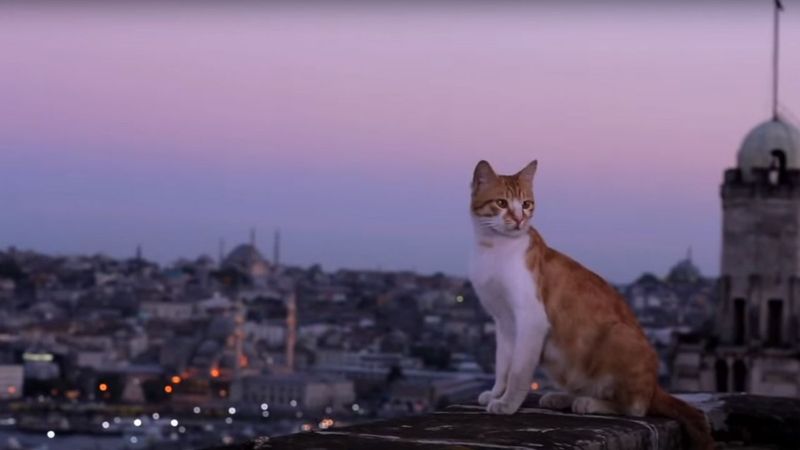
Stray cats are a common sight in cities, often seen lounging in sunlit spots or prowling alleyways. These independent creatures have adapted well to urban environments.
Cats help control rodent populations, making them valuable to city ecosystems. Their mysterious nature and graceful movements capture the hearts of many.
Observing a city cat’s daily routine can be a delightful experience, highlighting the harmonious coexistence of humans and animals in urban spaces.
City Dogs
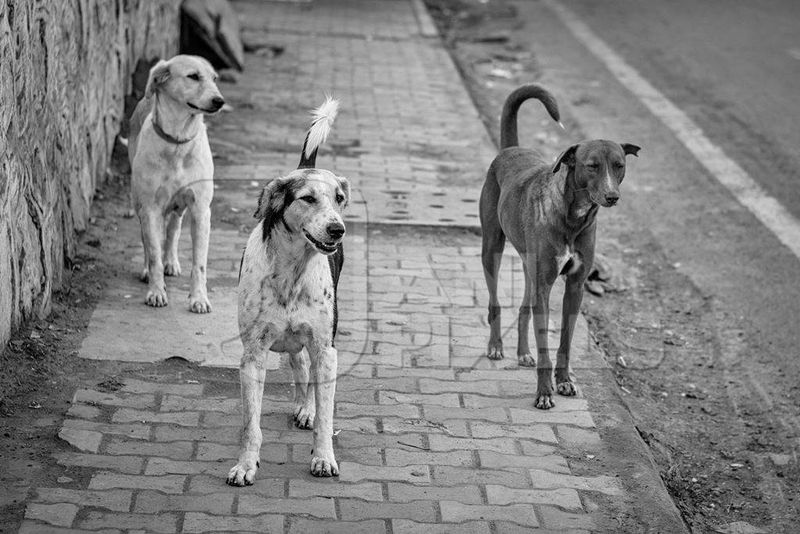
While domesticated, many city dogs have adapted to urban living, accompanying their owners through bustling streets. Their loyalty and companionship are cherished by city dwellers.
These dogs contribute to urban life by providing companionship and emotional support. They represent the bond between humans and animals in cities.
Seeing a city dog happily trotting beside its owner is a heartwarming sight, exemplifying the mutual benefits of human-animal relationships in urban settings.
City Beavers
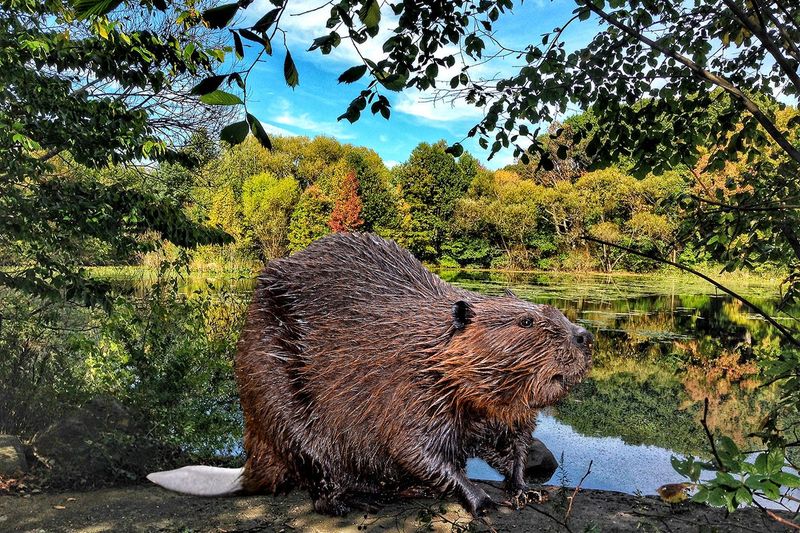
Beavers have made surprising homes in urban rivers, using their natural engineering skills to build dams. These industrious mammals contribute to aquatic ecosystems by creating habitats for other species.
Their presence in cities helps maintain water quality and manage waterways. Beavers are a symbol of perseverance, adapting to urban life while preserving their natural behaviors.
Watching a beaver at work is a fascinating glimpse into the world of urban wildlife. Their positive impact on the environment showcases the resilience of nature in cities.

